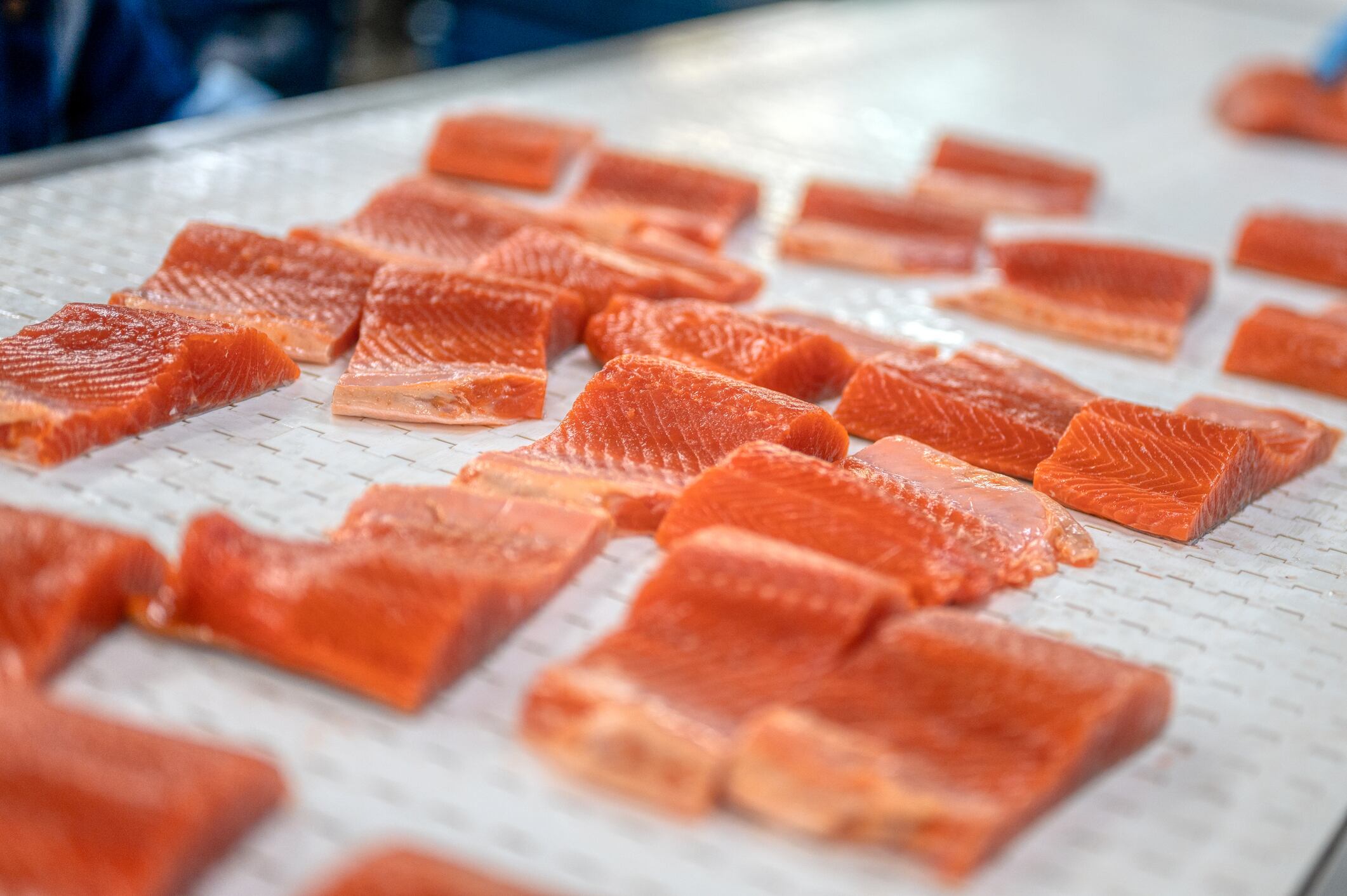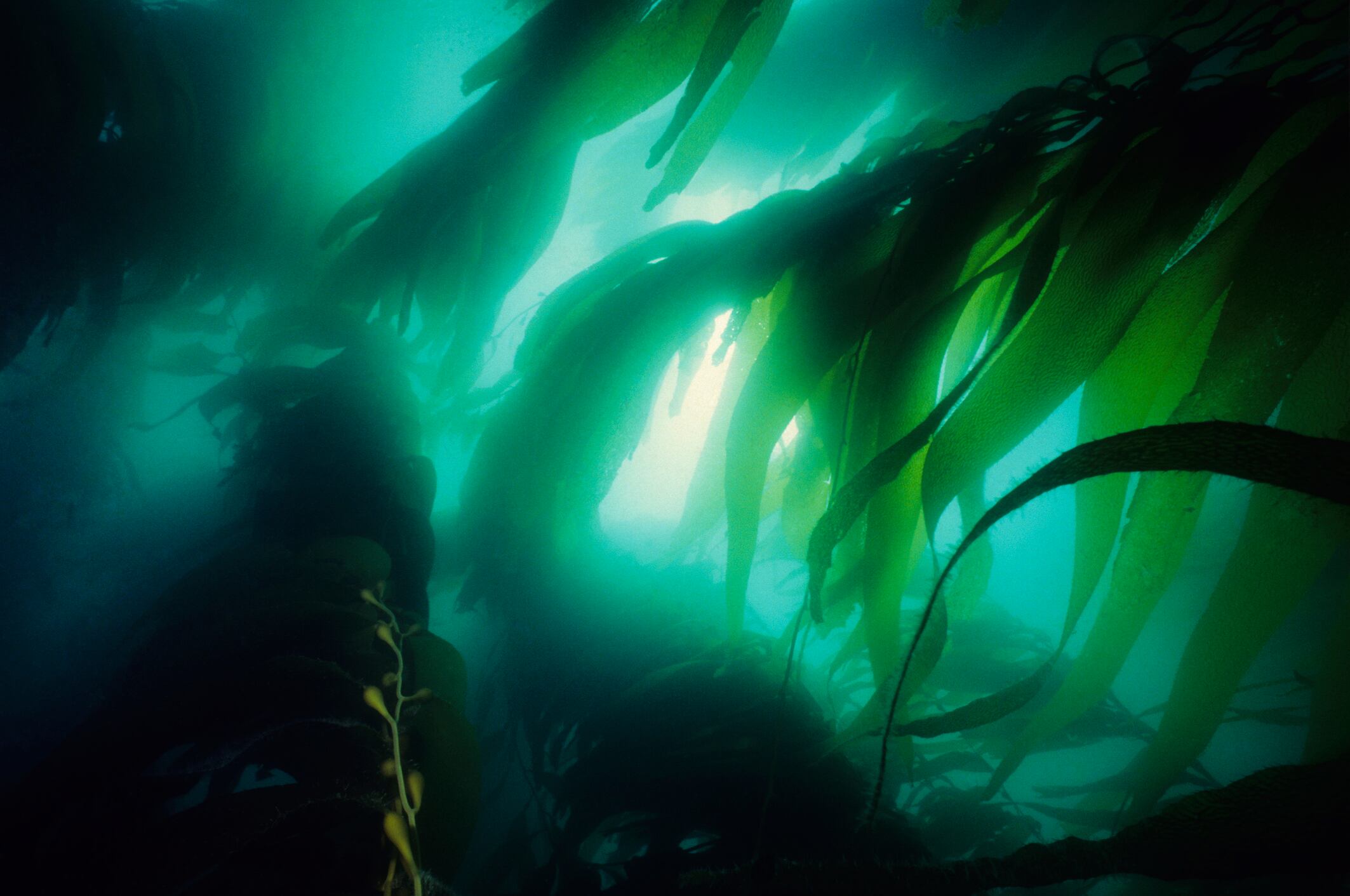AI is rapidly accelerating R&D in the seafood industry, with companies like Umami Bioworks demonstrating how AI-driven approaches can streamline supply chains and optimize production processes.
Seafood fraud is a growing issue with the National Oceanic Atmospheric Administration (NOAA) highlighting the range of fraudulent activities along the seafood supply chain – from mislabeling to illegal harvesting. With more than $20.3 billion of seafood imported into the US, per USDA data, AI offers solutions to address supply chain pain points.
NOAA already recognized the potential of AI in reshaping the seafood industry, issuing a request for AI products to improve its fishery surveys, which currently rely on comprehensive, yet labor-intensive and error-prone methods.
Similarly, the cultivated meat industry faces its own challenges when it comes to transparency, efficiency and sustainability. Just like the seafood sector, cultivated meat needs robust, real-time data to ensure ethical production and traceability, as a Good Food Institute expert previously discussed.
Umami Bioworks’ Alkemyst AI model cuts costs, risk and time
Cultivated seafood company Umami Bioworks’ Alkemyst AI model was originally developed to boost production for cultivated seafood, but can support the broader seafood value chain, including aquaculture, wild fisheries management and seafood supply chains.
Alkemyst’s model is built on a wide range of data, including public and proprietary insights on marine biology, seafood flavor and texture. It also incorporates data on how different seafood species are produced and their unique taste and sensory qualities, according to Umami.
Alkemyst streamlines cultivated seafood R&D by reducing costs by 86%, risk by 83% and time by 62% through it’s AI-driven modeling and digital simulations, explained Mihir Pershad, CEO, Umami Bioworks.
“These gains come from using a hybrid foundation model and digital twin to prioritize high-impact experiments, reducing redundancy and human error. By coordinating all R&D through a shared model, we ensure faster, more efficient development of optimized fish culture systems,” Pershad said.
The model draws from “a combination of data sources to stay aligned with current market and biological realities,” including publicly available data and genetic information, along with Umami’s own research on seafood genetics, key biological markers and flavor and texture analysis, Pershad explained.
The company also collaborates with seafood companies to analyze their data, helping Umami tailor solutions to specific species and production methods. By identifying common biological traits across different seafood types, Alkemyst can apply insights more efficiently and speed up research and development, he added.


